Release date: 2018-05-03
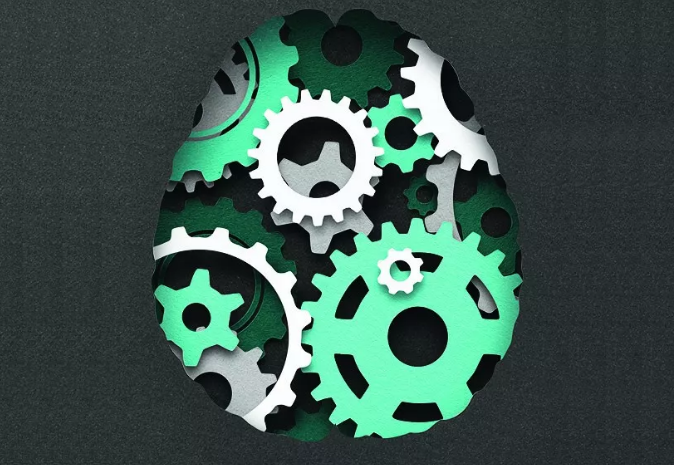
Scientists who have gone astray
For years, scientists have been trying to understand nerve impulses. It only lasts for a moment, from the time you step on a pushpin to the pain signal in your brain, in less than a second. The rate at which the signal travels along the nerve fibers is approximately 30 meters per second.
Around the 1950s, researchers mastered techniques for measuring the potential difference between the inside and outside of the cell membrane. They found that when the signal is transmitted along the nerve through the electrode, the membrane potential changes dramatically within a few milliseconds. In 1952, two British scientists, Alan Hodgkin and Andrew Huxley, discovered that when neuronal excitation occurs, sodium ions pour from the cell membrane into the cell membrane; then, potassium ions From the inside of the cell membrane to the outside of the cell membrane, the membrane potential returns to normal. Their proposed Hodgkin-Huxley model became the cornerstone of modern neuroscience.
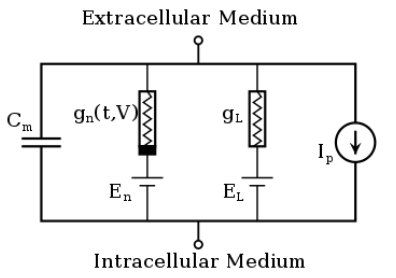
Hodgkin-Huxley model diagram
Hodgkin and Huxley won the Nobel Prize in 1963, but there are still some scientists looking for experimental phenomena that are inconsistent with the model. But in the past, these scientists were considered to be in the wrong direction and did not receive attention.
Ichiji Tasaki, a neurobiologist at the National Institutes of Health (NIH), is one of them. In 1938, Tasaki became a Ph.D. student at Keio University in Japan. He traveled to the United States in 1951 and soon joined the NIH. Tasaki is well known in the neuroscience community for discovering that the action potential is hopping on the Lang Fei's knot (the part of the nerve fiber that is not covered by the insulating myelin sheath), but he did a challenging experiment in 1979: Anatomy The Crab's legs exposed a bundle of nerves, and then carefully placed a small piece of reflective platinum on the microscope with a microscope, followed by a laser to illuminate the platinum. By measuring the angle of reflection of the laser, he can detect if the width of the nerve bundle changes slightly when the action potential passes. He and his then postdoctoral researcher Kunihiko Iwasa made hundreds of measurements. A week later, the data clearly shows that when the action potential passes, the nerve bundle will slightly widen and narrow, and the whole process is only a few milliseconds.
Although the deformation is small, the surface of the cell membrane will only rise by about 7 nanometers, but this phenomenon is completely consistent with the rhythm of the electrical signal passed, confirming Tianqi’s speculation over the years: the theory proposed by Hodgkin and Huxley is not necessarily correct.
Tian Qi believes that the neural signal is much more than just an electrical signal. It is also a mechanical signal. If you only use nerves to measure nerve cells, you will miss a lot of important information.
In the process of trying to find evidence, Tasaki gradually deviated from the mainstream of academia. Other factors make his situation even more difficult. Born in Japan, his English is not fluent. “You need to know a lot of information in advance to have an in-depth conversation with him.†Peter Basser, director of the NIH Department of Neuroscience and who knows Tasaki for more than 20 years, said, “And I know that many people think his opinion has been It is not as deep as it was when I was young. On the other hand, although Tian Qi has cooperated with many visiting scientists, he has not cultivated disciples who can inherit the clothes.
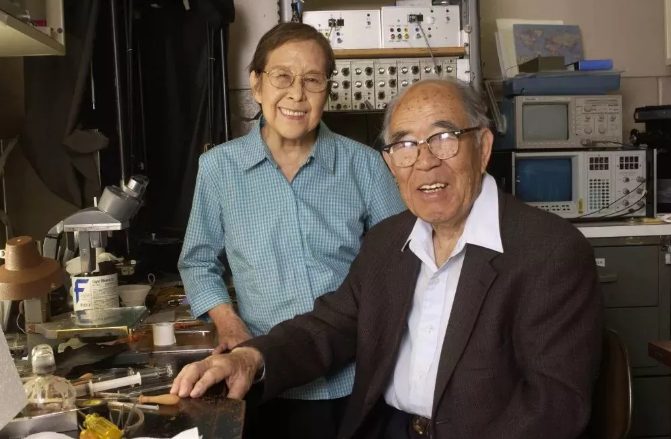
Tasaki and his wife Photo source: irp.nih.gov
In a 1997 NIH reorganization, Tasaki closed his lab and moved to a small place where the Basel lab was located. He continued to work seven days a week until he was in his 90s. One day in December 2008, when he was walking around his home, he suddenly lost his balance and fell to the ground. He died a week later at the age of 98.
At that time, the work of Tasaki had already disappeared from people's vision. Adrian Parsegian, a biophysicist at the University of Massachusetts Amherst, has been working at NIH from 1967 to 2009. He said, "I don't think anyone. Questioning the existence of those phenomena, because Tasaki is very respected in the laboratory." But people think that Tasaki's discovery is not the essence of neural signals, more of a by-product of electrical signals. “The real scientific problem has not been solved,†Pasayian said. “One side of the same thing entered the textbook, and the other side did not.â€
Is the nerve signal actually a mechanical wave?
In the mid-1980s, Humberberg was studying for a Ph.D. at the Max Planck Institute for Biophysical Chemistry in Germany. He was exposed to the work of Tasaki at that time. He was fascinated by the problem all at once, and he read the old literature in the library all day. Unlike Tasaki's theory, Humboldt found another way to explain experimental phenomena. He believes that mechanical waves, optical properties, and transient thermal effects are derived from the neuronal cell membrane of lipids rather than protein and carbohydrate fibers beneath the cell membrane.
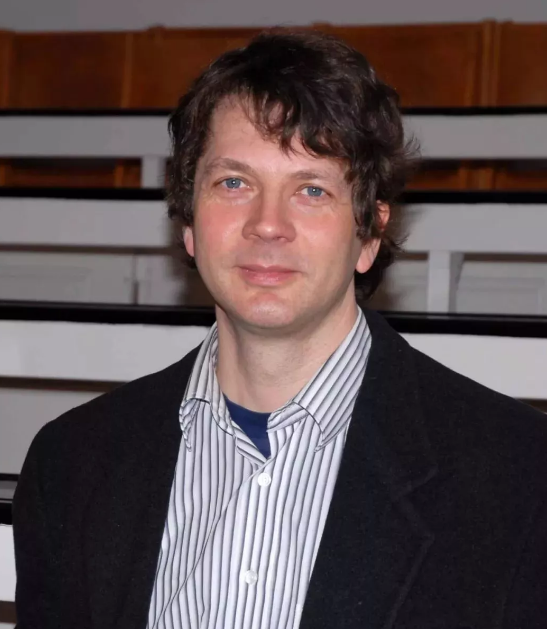
Thomas Heimburg Image source: Niels Bohr Institutet
Henberger immediately began his own experiment to study their response to mechanical shock waves by compressing artificial cell membranes. His research has produced some important findings: oily lipid molecules that make up the cell membrane usually flow, have a random orientation, but are prone to phase transitions (the process by which a substance changes from one phase to another). As soon as the cell membrane is squeezed lightly, the lipid molecules will immediately condense into a highly ordered liquid crystal state.
Based on these experiments, Humberberg concluded that nerve impulses are mechanical shock waves that propagate along the membrane of nerve cells. When the shock wave propagates, the liquid cell membrane molecules are squeezed into liquid crystals, releasing a little heat during the phase transition, just like water is formed into ice. Then, when the shock wave passes, the cell membrane changes back to liquid state and absorbs heat, which takes several milliseconds. The transient phase transition process causes the cell membrane to widen slightly, as observed by Tasaki and Iwasaki when irradiating the platinum sheet with a laser.
The textbook usually depicts the cell membrane as a thin layer of insulation. But now, physicists are beginning to realize that cell membranes have amazing properties. It belongs to a class of materials called piezoelectric bodies. In piezoelectric materials, mechanical energy and electrical energy can be transformed into each other. The physical principles of quartz watches are based on this. This means that the voltage pulse on the cell membrane also carries mechanical waves, and mechanical waves may also appear as voltage pulses.
The experimental evidence of this theory was found by the students of Humboldt. In 2009, biophysicist Matthias Schneider, now working at the Technical University of Dortmund in Germany, discovered that applying a voltage pulse to an artificial cell membrane can trigger a mechanical wave. The pulse intensity he uses is similar to the electrical impulses in nerve cells, producing a shock wave with a velocity of about 50 m/sec, which is similar to the rate at which nerve signals travel in the human body. In 2012, Schneider confirmed that mechanical waves and voltage pulses are different parts of the same wave propagating on the membrane.
But Schneider's most important discovery was in 2014. A key feature of nerve impulses is "all or nothing." If the nerve cell receives a stimulus below a certain threshold, it will not produce any response. The cell will only discharge if the input is strong enough. Schneider found that the electro-mechanical waves on the surface of artificial cell membranes are also "all or nothing". Whether the cell membrane is subjected to sufficient pressure to enter the liquid crystal state seems to be a factor determining whether electro-mechanical waves can be produced. "Only in this case," Schneider said, "you can observe nerve impulses."
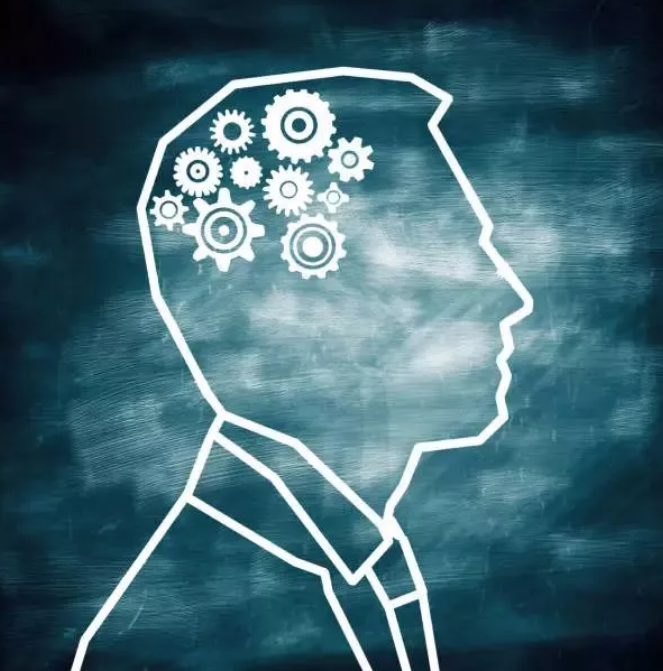
Highly controversial
Heinberg named his theory "soliton theory", which means that the shape of the wave is constant during the propagation process, but the attitude of the biological community has frustrated him so far. His theory was first published in the Proceedings of the National Academy of Sciences (PNAS) in 2005. Although the magazine has a high reputation in academia, criticism of him has been since then. Did not stop.
Catherine Morris, a well-recognized neurobiologist at the Ottawa Hospital Research Institute in Canada, is one of the skeptics. She told me that Humberg’s research department revealed that it is easy to think. The arrogance of physicists who enter other fields and correct others' misconceptions. Her feelings can be summed up in one of her favorite words: "What I heard is the typical physicist's argument - 'we can approximate this cow to a point'."
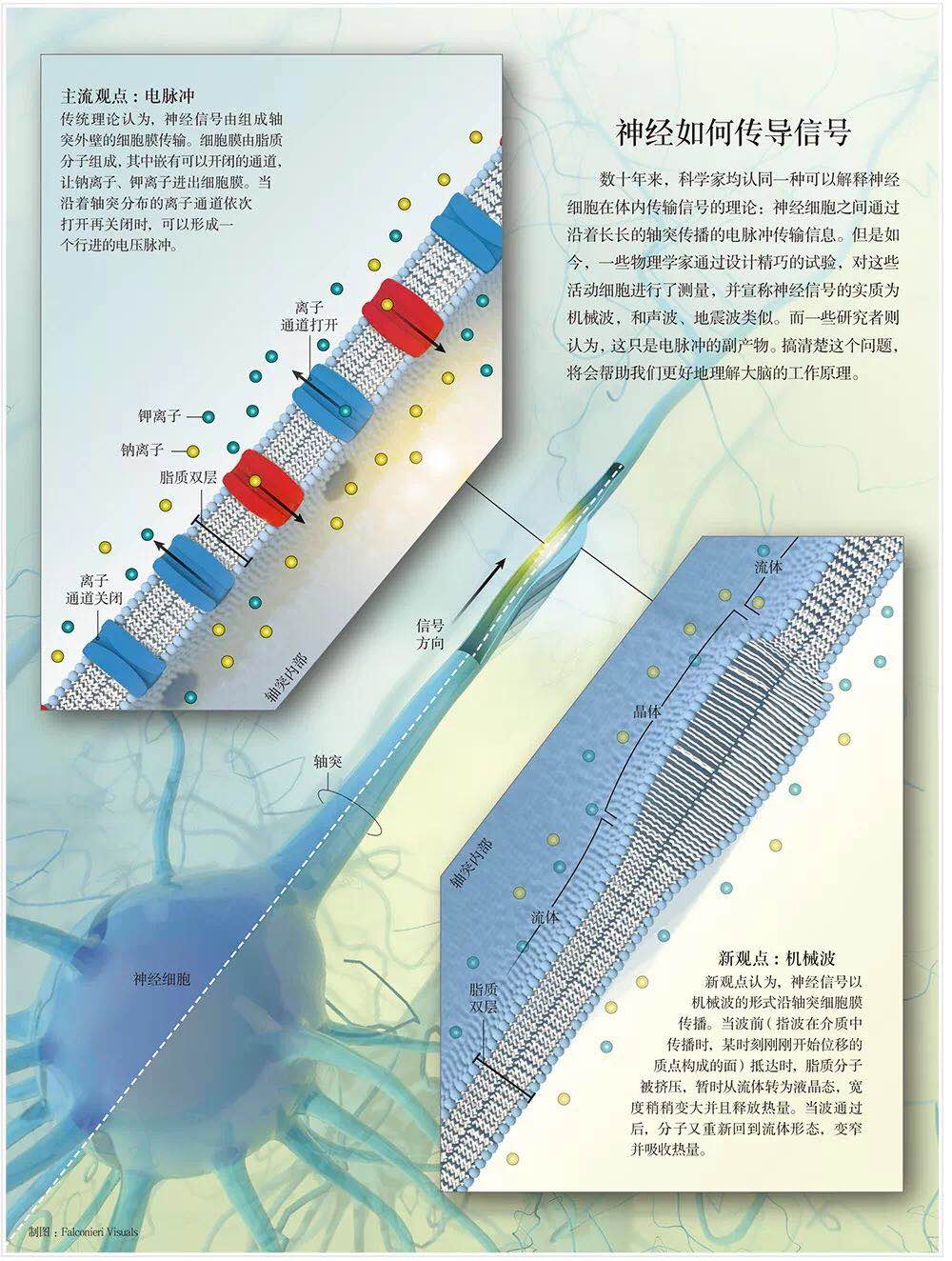
Morris's reaction is understandable to some extent. Because it is a matter of thinking that the nerve signal is both a mechanical wave and an electrical pulse, as Hennberg and Schneider asserted, it is another matter that the ion channel has no effect in the nerve conduction process. The most serious and wrong part of the difference between the theory and mainstream view of Humbenberg and Schneider is here. To know, scientists have discovered hundreds of ion channel proteins, and know that drugs can selectively regulate ion flux, and can also engineer the genes corresponding to these proteins to control nerve cell discharge. “They turned a blind eye to so much biological evidence,†said Morris, who studied ion channel proteins for 30 years.
Humbleberg and Schneider’s questioning of traditional ideas embodies a “culture†of physics—believing that all phenomena can be explained by thermodynamic principles. In their view, biologists only care about proteins and ignore these principles. Tasaki also has a similar minimalist belief, which may be one of the reasons why his theory is not valued.
Brian Salzberg, a researcher in neurophysics at the University of Pennsylvania who had had an intersection with Tasaki, said, "Tazaki is a very intelligent experimenter. I have no doubt about what he measured (nerve width). The change is real, but his interpretation of the result is wrong.†Zalzberg said that the nerve fiber is briefly broadened as the voltage pulse passes, in part because of the sodium and potassium crosses. As the membrane flows, some of the water molecules also enter and exit the cell membrane through the ion channels. If Tasaki can accept the concept of ion channel, he may be open to other explanations of mechanical waves.
Nobel Prize discovery?
When nerve signals are generated, the heat generated can reach twice the amount of electrical energy, but the latter completely dominates neuroscience. The part of the signal that is not related to electricity is not favored by researchers, and part of the reason can also be attributed to the accident of history.
Tasaki is a talented instrument manufacturer whose research career began in Tokyo during World War II. Despite the serious equipment shortage, he assembled his own instruments with scattered electronic components. After coming to the United States many years later, he used his skills to create a sophisticated disposable device that measures the instantaneous changes in the heat and size of nerve cells.
However, these equipment and experimental skills ultimately failed to spread among other groups of scientists. Scientists have found simpler and easier measurement methods, such as patch clamp techniques that measure the potential of a single neuron. With the widespread spread of these experimental techniques, the idea of ​​understanding neural signals as electrical signals has gradually gained popularity. Pasigian admits, “This is a cultural bias. People usually look for tools they can understand and avoid them for tools that are difficult to understand. And this may have an impact on thinking.â€
Today, the technical difficulty gap between the two perspectives seems to be decreasing. In 2011 and 2018, I visited Humbold twice, during which he used modern experimental techniques to repeat past experiments one by one, trying to confirm the amazing discoveries that Tasaki and others found decades ago. In 2014 he repeated the "drunk" experiment, but using artificial cell membranes instead of real animals. When he gradually increased the pressure to 160 atmospheres, the effect of the anesthetic really disappeared. This time, Heinberg can directly relate the observed phenomena to the phase transitions that occur in the cell membrane. In 2016, he used a microscope to accurately measure the mechanical waves that Tianqi and Yanzo discovered in 1979 on a single nerve cell.
The 58-year-old Humberberg is looking for money and hopes to do one of the most critical experiments: measuring the nerve impulses, the heat generated by the action potential. Tamaki measures the heat generated by multiple bundles of fibers, and Humberberg plans to use a microchip to measure the amount of heat released by a single nerve cell. This experiment may answer a key question to the theory: the change in heat produced by the transient phase transition of the nerve cell membrane should be greater than that measured by Tasaki. Heinberg speculated that previous experiments had systematic biases that underestimated the heat generated: because the original measurements were from multiple nerve cells, the heat absorption process of the first occurring pulse would offset the heat release from the pulse that occurred. At the end of 2017, Humbert said to me, "The real heat signal may be even bigger." If the experimental results are the same as those expected by Humbert, it can strongly support the hypothesis that cell membranes propagate mechanical waves.
Perhaps the most exciting thing is that other scientists have begun to enter the field. They are a group of outsiders who are not bound by stereotypes. Nongjian Tao, a biosensor engineer at Arizona State University, is using lasers to record mechanical pulses from individual nerve cells. Unlike the experiments by Tasaki and Iwata, he directly reflected the laser from the nerve surface instead of the micro-platinum, which made the measurement more sensitive. He hopes to simultaneously record the signals of hundreds of nerve cells in the neural network and record the process by which mechanical waves propagate back and forth between nerve cells. Simon Laughlin, a neuroscientist at the University of Cambridge in the United Kingdom, believes that such experiments can answer a key question. "The existence of (mechanical) effects is unquestionable. The question is whether nerve cells are useful in using these signals. thing."
Laughlin does not study mechanical waves, but as an expert who has studied ion channels for 45 years, he speculates that mechanical waves may affect these protein valves. Recently, experiments have shown that ion channels are very sensitive to mechanical forces in the cell membrane. If mechanical waves can help ion channel switching state, it may have a profound impact on neuroscience, because all of the brain's understanding is based on nerve cell discharge. The ion channel is always full of noise, and even a small amount of thermal disturbance can change its open and close state. For decades, information theorists have tried to explain why the brain can use these unreliable components to produce reliable perceptions. Mechanical waves may indicate that the opening and closing of the ion channel is meaningful. Laughlin said, "This possibility certainly exists."
There are some clues that suggest that this conjecture is correct. Some of the nerve cells in the mammalian cerebral cortex do not seem to be explained by the Hodgkin-Huxley model. As the scientists become more active, the ion channels open faster and more synchronously than scientists expected. One explanation is that ion channels react collectively to mutations in the cell membrane—that is, when mechanical waves arrive, the ion channels open almost uniformly—so nerve signals conduct faster. High-speed discharge may enable nerve cells to transmit information at a faster rate, which may be the biological basis of cognition. In this view, the nerve impulses are both electrical and mechanical.
The situation of Humboldt and Schneider is very subtle today. They may win the Nobel Prize, or they may be in trouble like Tasaki because of their persistence and become obscure. But in February of this year, Humbert said persistently to me: "Many people just want to use our theory to repair the Hodgkin-Huxley model. However, I personally cannot accept any compromise between the two theories."
Source: Global Science ScientificAmerican
Fish Fillet
Fish Fillet,Crusted Cod,Hake Fillets For Sale,Salmon Fish Fillet
ZHEJIANG EVERNEW SEAFOOD CO.,LTD , https://www.evernewseafood.com